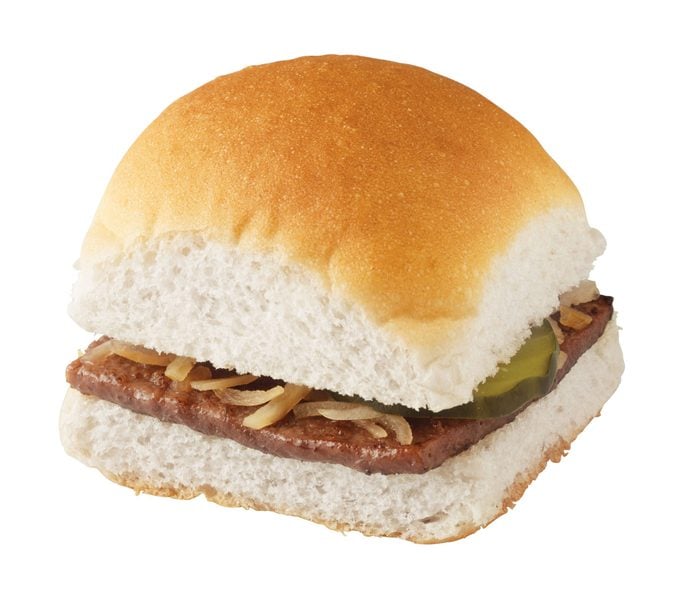
There are holes in the meat patties
The crave-worthy sliders have five holes in the patties. According to CBS News, this is so the burger can be thoroughly cooked through faster without having to flip it over. The idea to incorporate these holes came from an employee suggestion back in 1954. Burger flipper Earl Howell theorized that doing so would help speed up production and help the booming stores meet the burger demand. Plus, doing so enhances the onion flavor on the steamed-grilled patties.
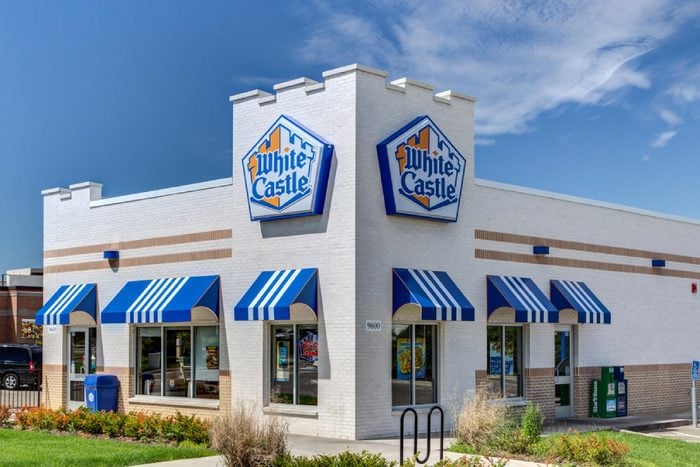
The original owner reportedly invented lots of fast food firsts
White Castle Co-founder Walter Anderson started a burger revolution when he smashed down his meatballs on his griddle, creating a square flat patty. He did so to make the food easier to handle, although others also claim they created this product. Anderson is also typically credited with inventing the hamburger bun and the fast-food assembly line. Here are 8 things you never knew about the Wendy’s Frosty.
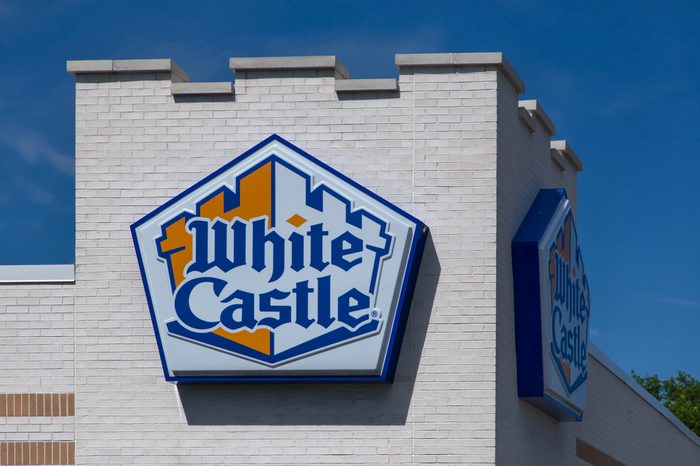
Lots of similar chains tried to knock them off
Imitation burgers and fast food chains sprouted up thanks to the success of White Castle. This includes White Fortress, White Hut, White Mana, White Tower, Blue Castle, Red Castle, Royal Castle, Silver Castle, and Blue Bell. Speaking of restaurant names, here are 15 restaurants you didn’t know changed their names.
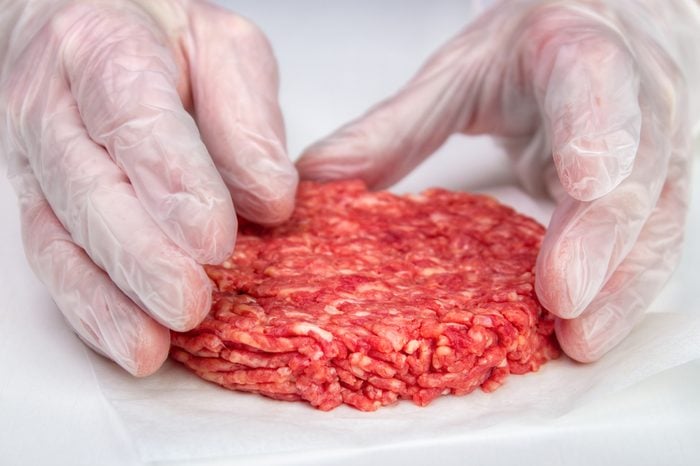
Beef had a bad rep for a time—leading to the iconic name of the chain
The name White Castle has nothing to do with storybooks or medieval times. Co-founders Anderson and Edgar Ingram wanted to emphasize the cleanliness of the restaurant. According to Time, white-colored White Castle facilities let customers watch the meat grinding process, too. Thanks to Upton Sinclair’s novel, The Jungle, Americans were concerned with the cleanliness and healthiness of beef. So Anderson and Ingram made it a point to clean up the beef world reputation, literally and figuratively.
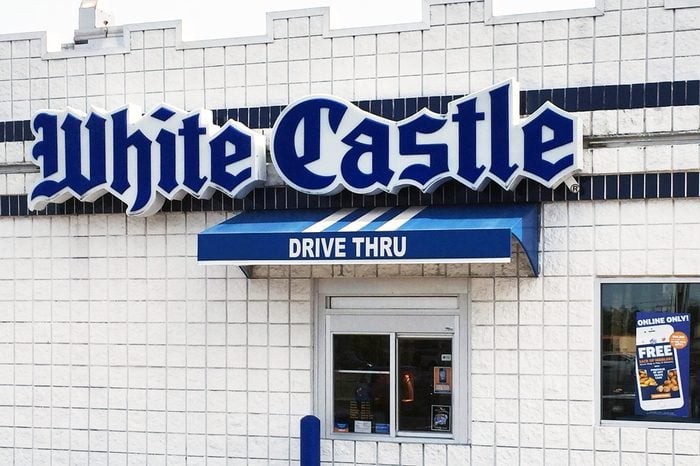
It also led to funding “research” on the benefits of burgers
Part of the cleanup involved funding research on the benefits of burgers. In 1930, the company commissioned a study from the University of Minnesota tracking the health of a college student eating only White Castle burgers. At the end of the test, the subject was in good health after eating nothing but sliders and water for 13 weeks. White Castle did make a few slight changes to their recipe afterward to offer a more balanced burger, per the research from the study.
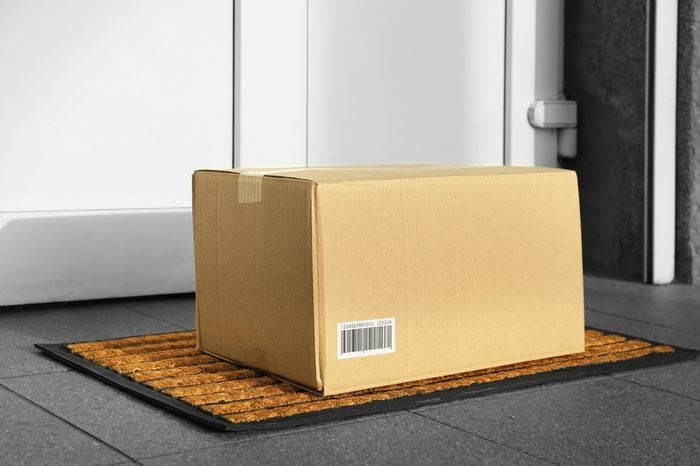
White Castle delivered sliders
A White Castle program in the 1980s delivered frozen burgers anywhere in the United States within 24 hours. The “Hamburgers to Fly” program was uber successful and capitalized on a trend in the 1940s when customers shipped their own burgers on dry ice across the country, according to Consumerist. Now, White Castle sells their burgers in the frozen food aisle instead.
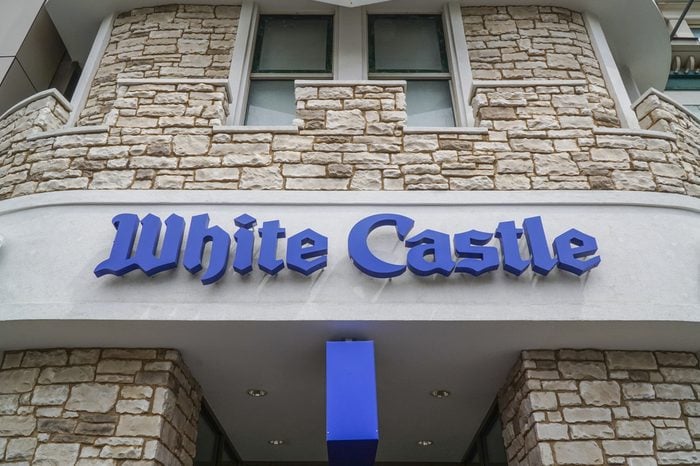
There are vegetarian slider options
Vegetarians rejoice! White Castle introduced meat-free veggie sliders in December 2014. But their most recent foray is the Impossible slider. The patties have a similar look and texture to meat, in comparison to the chunky, vegetable patty alternatives. These meatless burgers are available at other burger joints and in some supermarkets too. White Castle started selling them in certain locations in April 2018, according to Eater. They are now available nationwide. Next, check out 12 fast food “facts” that are actually false.
